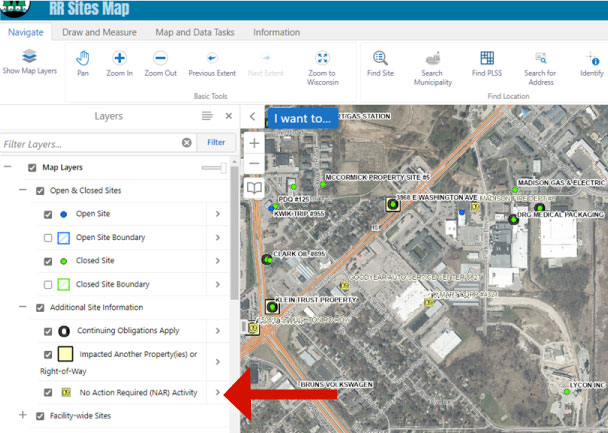The Wisconsin Department of Natural Resources (DNR) will host its quarterly Remediation and Redevelopment External Advisory Group meeting from 9 a.m. to noon on Friday, Sept. 23, 2022.
The DNR’s Remediation and Redevelopment Program oversees the investigation and cleanup of environmental contamination and the redevelopment of contaminated properties. The DNR has a business need to receive constructive and practical input from, and provide information to, interested parties on a wide variety of regulatory and policy issues.
The Remediation and Redevelopment External Advisory Group was formed to address a broad range of issues encompassing both technical and policy topics related to encouraging the investigation, cleanup and redevelopment of contaminated sites.
The Remediation and Redevelopment External Advisory Group meetings are open to the public. RSVP by noon on Thursday, September 22, 2022 to attend in person; email jody.irland@wiscsonsin.gov to RSVP.
EVENT DETAILS
What: Remediation and Redevelopment External Advisory Group Meeting
When: 9 a.m. – noon Friday, Sept. 23, 2022
Where: Godfrey & Kahn, S.C.
833 E. Michigan Street, Suite 1800, Milwaukee, WI 52303
Check-in with the reception desk.
Register here to join the meeting via Zoom.
Visit the DNR’s Remediation and Redevelopment External Advisory Group webpage for meeting agendas, materials and additional information. Subscribe here for updates on future meetings.

